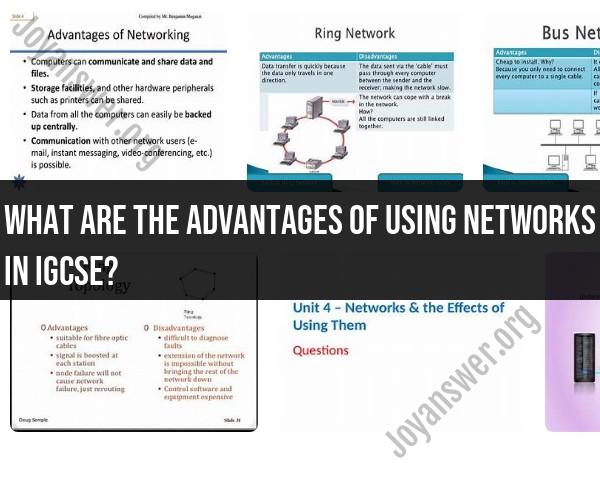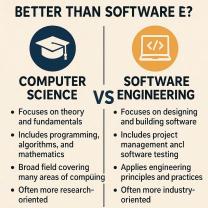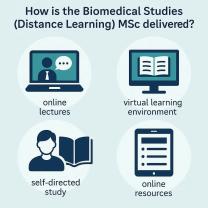What are the advantages of using networks in IGCSE?
IGCSE, which stands for International General Certificate of Secondary Education, is an internationally recognized qualification for students typically aged 14 to 16. In the context of IGCSE and education in general, computer networks offer several advantages:
Access to Online Resources: Networks enable students and teachers to access a vast array of online resources, including educational websites, research materials, e-books, and multimedia content. This extends the range of learning materials beyond traditional textbooks.
Collaboration: Networks facilitate collaboration among students and teachers. They can work on group projects, share documents, and communicate using email or messaging platforms. Collaboration fosters teamwork and problem-solving skills.
Remote Learning: In cases where students cannot attend physical classes, networks enable remote learning. This can be particularly valuable during times of unexpected disruptions, such as public health emergencies.
Resource Sharing: On a network, educational resources, software, and even expensive equipment can be shared among multiple users. This can reduce costs and increase the availability of essential resources.
Centralized Data Storage: Networks provide a centralized location for storing and managing educational data and records, making it easier to maintain and access student records, grades, and other administrative information.
Enhanced Communication: Networks facilitate communication among students, teachers, and parents. Teachers can share information about assignments, grades, and upcoming events, while parents can stay informed about their child's progress.
Efficient Administration: Networks support school administration by streamlining tasks like enrollment, scheduling, attendance tracking, and grading. This leads to improved administrative efficiency.
Security: Properly configured networks can enhance security by protecting sensitive student and school data. Firewalls, access controls, and security policies help safeguard information.
Digital Literacy: Using networks and digital tools in education helps students develop digital literacy skills. This is increasingly important in the modern world, where technology plays a significant role in various professions.
Adaptive Learning: Networks can be used to implement adaptive learning systems that cater to individual student needs. These systems adjust the pace and content of learning based on a student's progress and abilities.
Remote Access to Teachers: Students can access teachers for help and guidance outside of regular class hours, providing additional support for their learning.
Real-World Skills: Working with networks and technology in an educational setting prepares students for the demands of the modern workforce, where digital literacy is essential.
Global Collaboration: Networks allow students to collaborate with peers and educators from around the world, fostering a global perspective and cultural awareness.
Immediate Feedback: Online assessments and quizzes can provide immediate feedback to students, allowing them to track their progress and make improvements more effectively.
Reduced Environmental Impact: Digital learning materials and communication on networks contribute to a reduction in paper usage and the environmental impact associated with traditional education.
While there are many advantages to using networks in education, it's important to ensure that they are used effectively and securely, with attention to student privacy and data protection. The integration of technology in education, including networks, should be done thoughtfully and with consideration of the specific needs and goals of the educational institution and its students.
Advantages of Using Networks in IGCSE Education
Networks offer a number of advantages for IGCSE education, including:
- Shared resources: Networks allow students and teachers to share resources, such as files, printers, and scanners. This can save time and money, and it can also help to promote collaboration.
- Access to information: Networks give students and teachers access to a vast amount of information from all over the world. This can help to enhance learning and research.
- Communication tools: Networks provide students and teachers with a variety of communication tools, such as email, instant messaging, and video conferencing. This can help to improve communication and collaboration between students, teachers, and parents.
- Distance learning: Networks enable distance learning, which allows students to learn from anywhere in the world. This can be a valuable option for students who live in remote areas or who have special needs.
The Role of Networking in the IGCSE Curriculum
Networking plays an important role in the IGCSE curriculum. For example, the IGCSE ICT syllabus includes a unit on networking, which covers topics such as network types, network topologies, and network protocols.
Networking is also used in other IGCSE subjects, such as business studies, economics, and geography. For example, business studies students may learn about how networks are used in businesses to share resources and communicate. Economics students may learn about the impact of networks on the global economy. Geography students may learn about how networks are used to connect different parts of the world.
Benefits and Opportunities of Educational Networks
Educational networks offer a number of benefits and opportunities for students and teachers, including:
- Improved learning outcomes: Studies have shown that students who use educational networks perform better academically. This is likely because networks give students access to more information and resources, and they also promote collaboration and communication.
- Increased engagement: Educational networks can help to increase student engagement. This is because networks allow students to learn in a more interactive and engaging way.
- Preparation for the future of work: In today's interconnected world, it is essential for students to develop networking skills. By using educational networks, students can learn how to use technology to communicate and collaborate with others.
Enhancing Learning Experiences with IGCSE Networks
There are a number of ways to enhance learning experiences with IGCSE networks. For example, teachers can use networks to:
- Deliver online lessons and resources: Teachers can use networks to deliver online lessons and resources to their students. This can help to make learning more accessible and convenient for students.
- Create online communities: Teachers can use networks to create online communities where students can collaborate on projects, ask questions, and discuss topics. This can help to promote collaboration and communication among students.
- Use gamification: Teachers can use games and simulations to teach students about networking concepts. This can make learning more fun and engaging for students.
Networking for Academic Success in IGCSE
Students can use networking to support their academic success in IGCSE. For example, students can use networks to:
- Collaborate on projects: Students can use networks to collaborate with classmates on projects. This can help to save time and improve the quality of the work.
- Get help from teachers and peers: Students can use networks to get help from teachers and peers. For example, students can ask questions, share notes, and discuss topics.
- Find resources: Students can use networks to find resources for their studies. For example, students can find online articles, books, and videos.
By using networks effectively, students can improve their academic performance and achieve their IGCSE goals.












